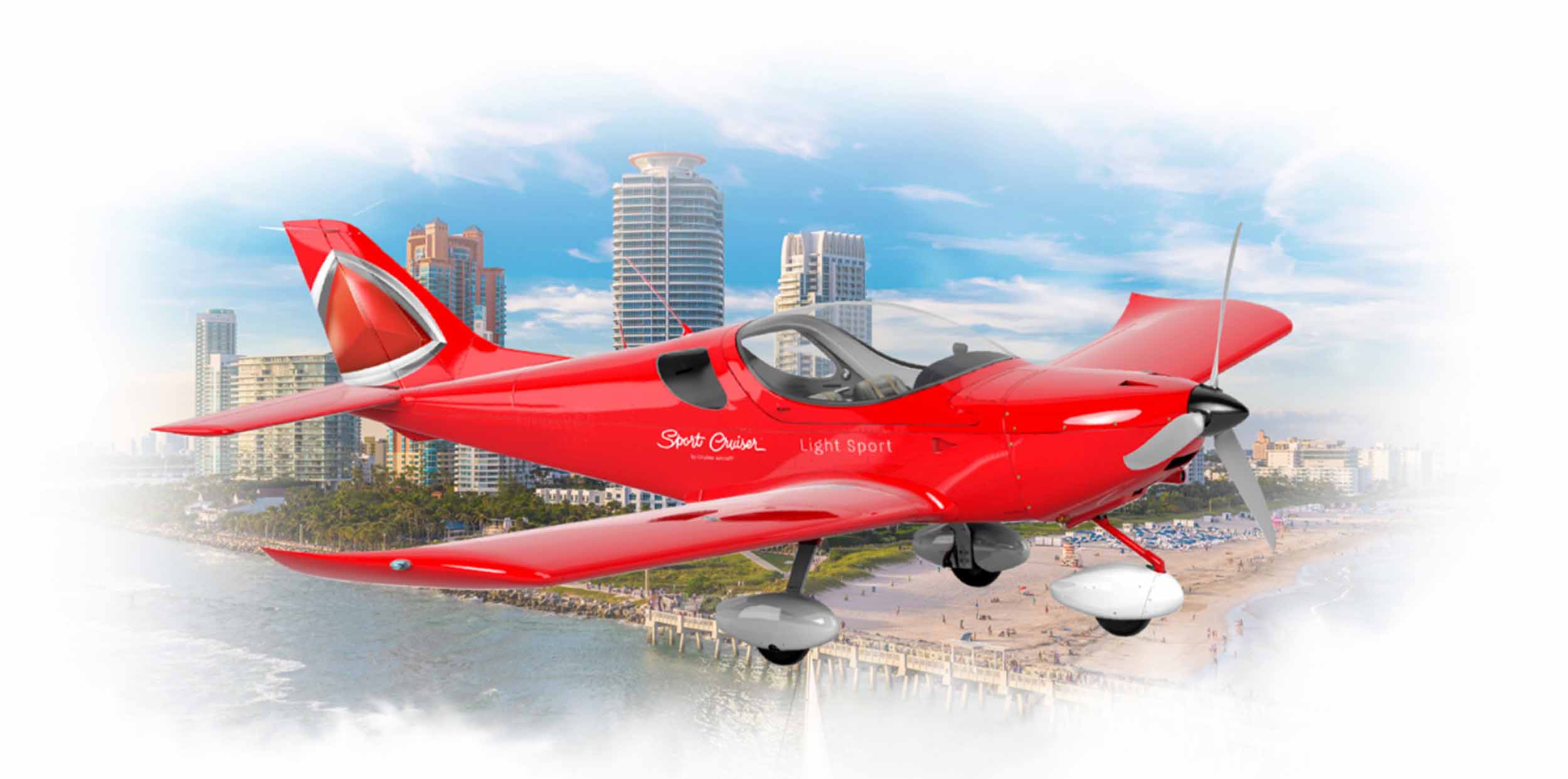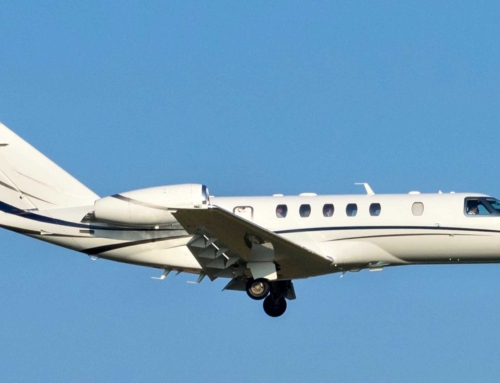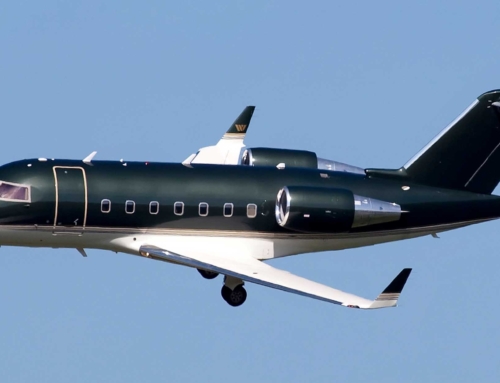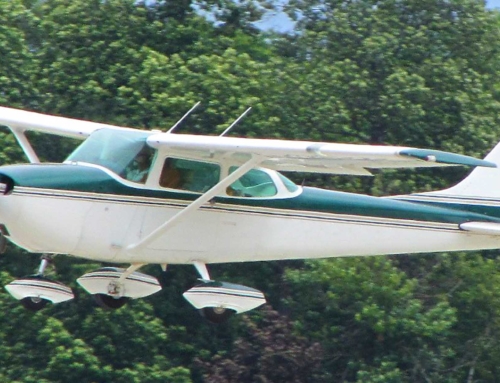Cruiser Aircraft (Czech Aircraft Works/Czech Sport Aircraft)
Development and manufacturing of aircraft under Cruiser Aircraft began more than 80 years ago in the Czech region of Moravia. Around 1936, Czech aviation company AVIA opened its factory where Cruiser Aircraft is now headquartered in Kunovice, Czech Republic.
Initially operating as a repair facility for Junkers and Arado aircraft during WWII, the city of Kunovice became heavily involved with all aircraft repairs in the Czechoslovak airspace. From this unique point in history, Czech Aircraft Works began building Sport Cruisers in 2006. After declaring bankruptcy, Czech Aircraft Works became Czech Sport Aircraft in 2009 after new ownership took over.
Piper Aircraft added the PiperSport under a new licensing agreement in 2010. However, Piper Aircraft and Czech Sport Aircraft abruptly parted ways in early 2011. Even so, the dealer associated with both companies continued to support sales for both the SportCruiser and PiperSport in the United States.
After parting ways with Piper Aircraft, Czech Sport Aircraft’s line included the Mermaid, SportCruiser, and streamlined Parrot. However, from 2012 on, only the SportCruiser and PS-28 Cruiser were in production. By June 2017, Czech Sport Aircraft finished producing its 600th aircraft. Following additional financial troubles, Czech Sport Aircraft is now known as Cruiser Aircraft.
Developing Czech SportCruiser
The CSA SportCruiser was officially introduced in 2006 by Czech Aircraft Works, now known as Cruiser Aircraft. The SportCruiser is a two-seat, tricycle undercarriage, single-engine, fixed-wing aircraft. Its all-aluminum fuselage can be fitted with either a 100-horsepower Rotax 912 ULS or a 120-horsepower Jabiru 3300 engine. A Woodcomp Klassic 170/3/R propeller is also approved for use.
Over time, many adjustments to the SportCruiser’s design were made for added comfort and safety including autopilot options, Ballistic Recovery Systems parachute, and Dynon or TruTrak electronic flight instrument system (EFIS). Between 2006 and 2010, the SportCruiser was available as either a kit or a fully built production model. Aircraft designs were made to be eligible to fit into the light-sport aircraft category in the United States. Furthermore, its designs also fit the ultralight or microlight category in several other countries.
During its partnership with Piper Aircraft, 45 PiperSport aircraft were sold. However, Piper Aircraft announced that they would discontinue the PiperSport on January 12, 2011. Cruiser Aircraft still produces the SportCruiser.
Country of Origin: Czech Republic
- Maximum Speed: 119 kias
- Maximum Range: 516 nm
- Maximum Occupants: 2
- Range Of Years Manufactured: 2007-Current
- Total Aircraft Build: 600+
- Currently In Operation: Unknown
- Useful Load: 464.6 lbs.
- Average Sale Value: $276,995
- Average Days On Market For Sale: Unknown
- VREF Demand Rating: Visit VREF Online
Operational Resources
Maintenance Document
Local Resources
Manufacturer
Insurance
Czech Sport A/C SportCruiser Details
Information below is for the latest Czech SportCruiser (2023).
Interior
The SportCruiser’s interior includes standard seating with leather slate grey upholstery, matching color accents, side panels with armrests, a central console, dark grey carpets, and a dark grey instrument panel and center console. The interior boasts:
- Flight Controls Are On Both The Left And Right Side
- Adjustable Pedals For Both Seats
- 4-Point Seatbelts
- Wing Lockers In Each Wing
- Locking Fuel Tanks
- Electrical Aileron Trim
- Electrical Elevator Trim
- PTT & Trim Settings On The Control Stick
- Electrical Positional Flap Setting
- Indicator On Multi-Function Display (MFD)
- Dual Hydraulic Brakes
- Parking Brake
- Spats
- Positional
- Strobe & Landing Light
- Canopy Sunshade
- Improved Canopy Locking With Canopy Lock Signalization
- 12V Jack Plug
This is highly ergonomic aircraft is the most spacious in its class.
Exterior
The SportCruiser is a double-seat, all-metal, low-wing monoplane with cantilevered wings and conventional empennage. The aircraft has a tricycle fixed landing gear and plexiglass canopy window with side windows that open. Standard paint scheme options are available in:
- Tiger Orange
- Midnight Blue
- Lime Green
- Royal Blue
- British Green
- Nardo Grey
- Urban Green
- Ruby Sunset
- Miami Blue
- Ocean Blue
Avionics
- 2x SkyView SV-HDX1100 touch screen both with back-up battery SV-BAT-320
- SkyView Internal Autopilot (*)
- SV-AP-PANEL Autopilot control panel (*)
- SV-KNOB-PANEL Knob control panel (*)
- Primary air data, attitude, heading reference system, SV-ADAHRS-200
- Back-up air data, attitude, heading reference system, SV-ADAHRS-201
- SkyView SV-GPS-2020 built-in GPS
- SV-MAP-270 navigation software
- Transponder (S-Mode Class 2)
- SV-EMS-220 Engine Monitoring Module
- OAT Probe
- Pitch Trim Indicator on MFD
- Aileron Trim Indicator on MFD
- ADS-B receiver SV-ADSB-472
- VHF + NAV/COM Garmin GNC 255
- Intercom
- ELT
- Stall Warning
- GPS Garmin 796
Additional Equipment
- STD/PPG
- STD/EQP
- STD/ING
- SIS
- 1x Standard Paint Scheme
- Locking Fuel Tanks
- Electrical Aileron Trim
Electrical Elevator Trim - PTT & Trim Settings On The Control Stick
- Electrical Positional Flap Setting
- Indicator On MFD
- Dual Hydraulic Brakes
- Parking Brake
- Spats
- Positional
- Strobe And Landing Light
- Canopy Sunshade
- Improved Canopy Locking With Canopy Lock Signalization
- 12V Jack Plug
Specifications
- Configuration: Light Sport Aircraft
- Engine: Rotax 912 ULS2
- Power: 100 horsepower at 5,800 rpm
- Fuel: Mogas RON 95, Avgas 100 LL, EN 228
- Propeller: Sensenich Fixed 3-blade (*)
- Wingspan: 28.22 ft.
- Length: 21.72 ft.
- Height: 7.60 ft.
- Wing Surface Area: 132.4 sq. ft.
- Cockpit Width: 3.85 ft.
- MTOW: 1,320 lbs.
- Empty Weight: 855.4 lbs.
- Max. Baggage Weight In Cockpit: 40 lbs.
- Max. Baggage Weight In Each Wing Locker: 22 lbs
- Cruise Speed at 3,000 ft. and 75% Power: 93 kias
- Max. Horizontal Speed: 119 kias
- VNE: 138 kias
- Stall Speed VS0: 31 kias
- Climb Rate: 825 ft./min.
Czech Sport A/C SportCruiser Models
The following are all variations of the Czech SportCruiser.
SportCruiser
The initial SportCruiser was produced between 2006 and 2010 and again in 2011, available as a kit or completed aircraft. This aircraft is equipped with a 100-horsepower Rotax 912ULS or 120-horsepower Jabiru 3300 engine. Cruiser Aircraft still produces this aircraft.
PiperSport
This variation was built from 2010 to 2011 by Czech Sport Aircraft and was marketed by Piper Aircraft, available only as a completed aircraft powered with a 100-horsepower Rotax 912ULS engine. This aircraft discontinued production in January 2011.
PS-28 Cruiser
The PS-28 Cruiser is built for the European Aviation Safety Agency Certification Specification for Very Light Aircraft (EASA CS.LSA) with a gross weight limit of 600 kg.
Top Czech Sport A/C SportCruiser Questions
Check out FAQs about the Czech SportCruiser series.
How Much Does A Czech SportCruiser Cost?
A standard SportCruiser has a base price of $276,995 and its premium version has a base price of $289,995. The estimated retail value of a 2007 SportCruiser is $71,413.
Is The Czech SportCruiser A Good Aircraft For Training?
An article in Plane & Pilot magazine said the Czech SportCruiser is one of the most popular very light aircraft on the market because of its well-balanced flying capabilities. It is also more affordable than a Cessna Skyhawk or Piper Warrior.
As with any low-wing aircraft, you must climb up on the wing to get in, however, this is easy to do. With room for 2 inside, it’s spacious and comfortable with ample storage room.
In the United States, the SportCruiser is a common aircraft used for training because of its affordable, low-maintenance qualities.
How Does The SportCruiser’s Ballistic Recovery Systems Parachute Work?
Created by BRS Aerospace, pilots can pull on its Ballistic Recovery Systems Parachute to fully inflate at altitudes as low as 260 feet and speeds as high as 187 knots. With one pull of the handle, the activation cable cocks itself like a gun using the spring of the igniting device. Depending on the year of the aircraft, a hammer (or electrical pulse) then discharges into dual igniters, igniting the solid fuel and activating the rocket motor. The activated rocket motor then propels the parachute’s suspension lines to full extension in mere tenths of a second. According to BRS Aerospace’s website, 473 lives have been saved using its parachute system.
How Fast Is The Czech SportCruiser?
A 2023 SportCruiser can reach a speed of up to 119 kias or 220 km per hour.
Related VREF Resources
- You Need To Factor In The Operating Cost When You Buy A Plane
- Piper Malibu Mirage PA-46 350P and JetPROP
- An In-Depth View Of Cessna’s 310 B-Q Series
- Who Can Perform An Aircraft Appraisal?
- Why Missing Logbooks Impact An Aircraft’s Value
Join VREF Online For Aviation Information
Find this very light aircraft and many more when you join VREF Online.
[Join Now]







